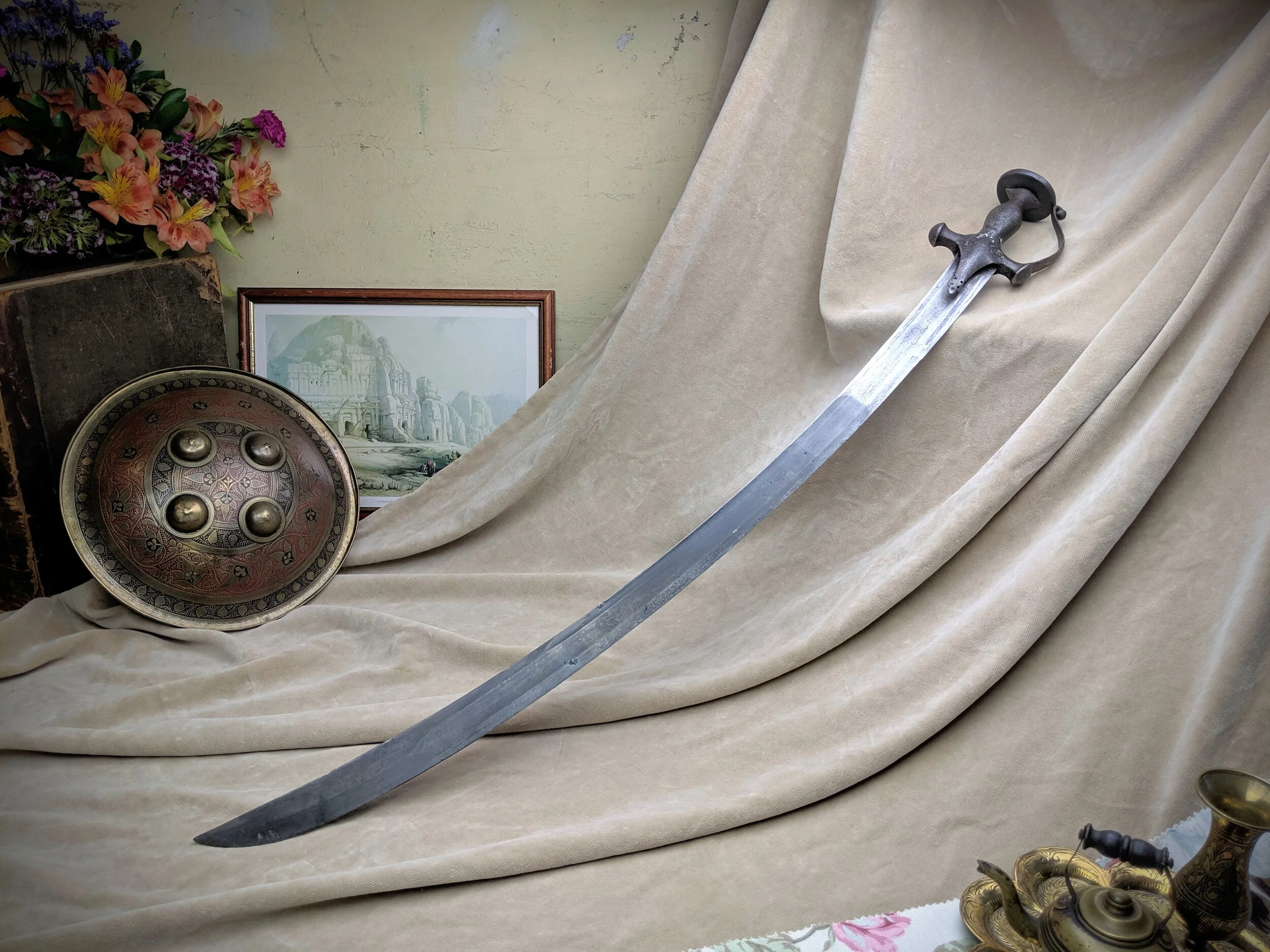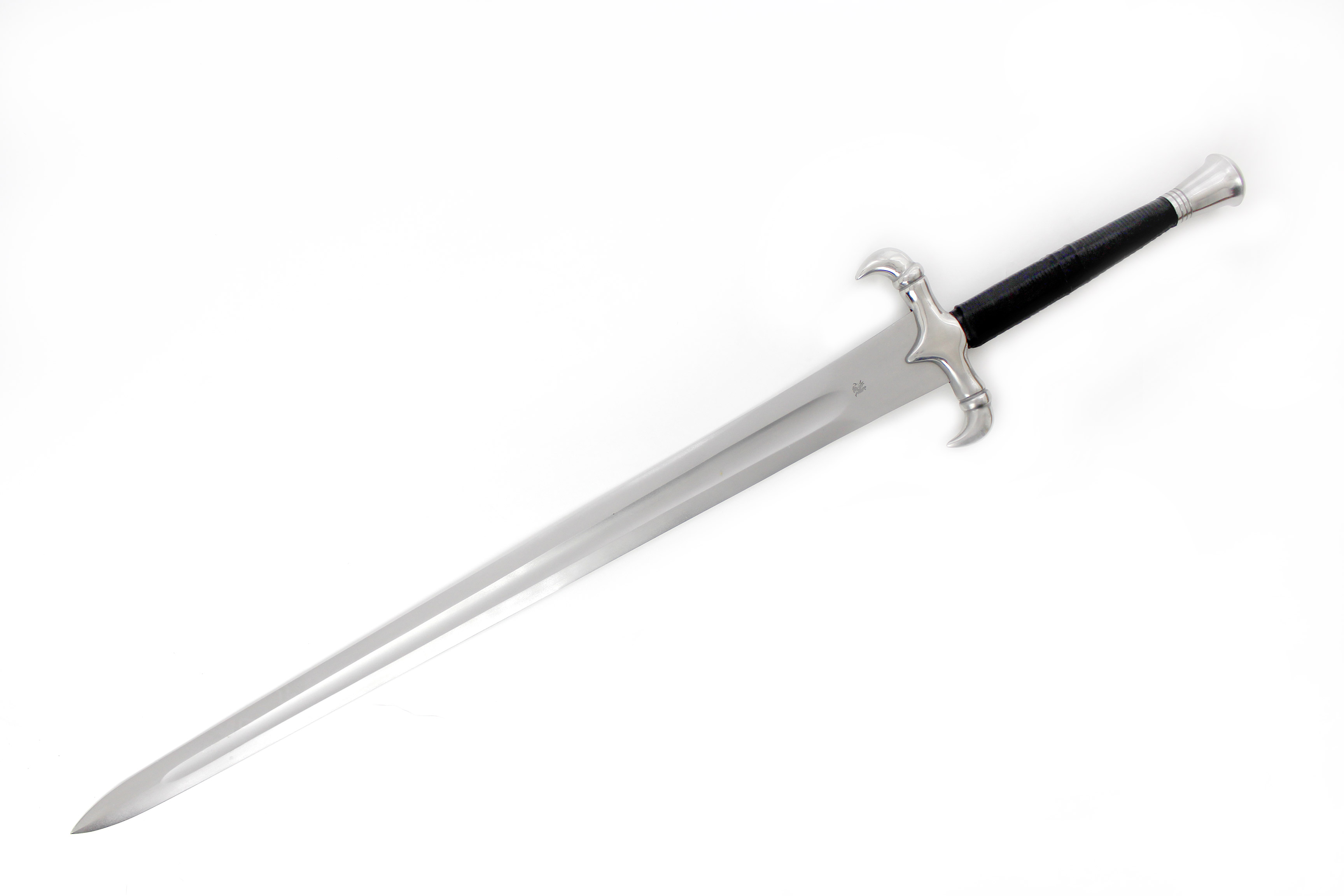Etymology and Historical Significance

Sword definition – The term “sword” stems from the Old English word “sweord,” which traces its origins to the Proto-Germanic term “swerþaz.” This linguistic root is shared by various other Germanic languages, such as the Old Norse “sverð,” the German “Schwert,” and the Dutch “zwaard.”
The sword, a weapon of war and symbol of power, has a long and storied history. From the ancient gladiators to the modern-day soldier, the sword has been a constant companion in the annals of human conflict. But what of its counterpart, the casino meaning ?
A place of chance and fortune, the casino is a microcosm of the human experience, where dreams are made and shattered in equal measure. Like the sword, the casino has a dark and alluring mystique, a place where both triumph and tragedy can be found.
Throughout history, swords have held profound cultural and historical significance. They have served as both weapons of war and symbols of power and status. In ancient Egypt, for instance, swords were intricately crafted and often adorned with precious metals and gemstones, reflecting their importance in the pharaoh’s court.
Famous Swords in History, Sword definition
Numerous famous swords have played pivotal roles in history. One notable example is the Excalibur, the legendary sword of King Arthur. This mythical blade is said to have been bestowed upon Arthur by the Lady of the Lake and possessed magical powers.
Another renowned sword is the Sword of Goujian, an exquisitely preserved bronze sword discovered in China and dating back to the 5th century BCE. This sword showcases the exceptional craftsmanship and metallurgical skills of ancient Chinese artisans.
Types and Designs: Sword Definition

The world of swords is a vast and diverse one, with blades ranging from the short and nimble to the long and imposing. Swords can be classified into several types based on their shape, size, and purpose.
One of the most important factors to consider when classifying swords is their blade shape. The shape of the blade determines the sword’s cutting and thrusting abilities. Some of the most common blade shapes include:
- Straight blades: Straight blades are the most common type of sword blade. They are typically double-edged and can be used for both cutting and thrusting.
- Curved blades: Curved blades are often used for slashing and chopping. They are typically single-edged and can be either convex or concave.
- Single-edged blades: Single-edged blades are designed for cutting. They are typically sharpened on one side only.
- Double-edged blades: Double-edged blades are designed for both cutting and thrusting. They are typically sharpened on both sides.
The size of a sword is another important factor to consider. Swords can range in length from a few inches to several feet. The size of a sword will determine its weight and balance, which will in turn affect its handling characteristics.
The purpose of a sword is also an important factor to consider when classifying swords. Swords can be used for a variety of purposes, including combat, hunting, and self-defense. The purpose of a sword will determine its design and construction.
The materials used in sword making also have a significant impact on the durability and performance of a sword. The most common materials used in sword making include:
- Steel: Steel is the most common material used in sword making. It is a strong and durable material that can be sharpened to a fine edge.
- Iron: Iron is a less common material used in sword making. It is not as strong as steel, but it is more flexible.
- Bronze: Bronze is a very old material used in sword making. It is not as strong as steel, but it is more resistant to corrosion.
The design of a sword is also an important factor to consider when choosing a sword. The design of a sword will determine its handling characteristics, its cutting and thrusting abilities, and its overall durability.
Use and Techniques

Swordsmanship is a complex art that requires years of training and practice to master. The techniques used in sword fighting can be divided into three main categories: cutting, thrusting, and parrying.
Cutting
Cutting is the most basic sword technique and involves using the sharp edge of the blade to inflict damage on an opponent. Cutting techniques can be either vertical or horizontal and can be used to attack any part of the body.
Thrusting
Thrusting involves using the point of the blade to pierce an opponent’s body. Thrusting techniques are typically used to target vulnerable areas such as the heart, lungs, and throat. Thrusting techniques require more precision than cutting techniques, but they can be more deadly.
Parrying
Parrying involves using the blade of the sword to deflect an opponent’s attack. Parrying techniques can be used to block both cutting and thrusting attacks. Parrying requires quick reflexes and good timing.
In addition to these three basic techniques, there are a number of other techniques that can be used in sword fighting, such as disarming, grappling, and kicking. The best sword fighters are those who are able to combine all of these techniques effectively.
In the annals of human history, the sword has been an ever-present symbol of power and violence. Its blade, honed to a razor’s edge, has the capacity to both protect and destroy. But beyond its martial significance, the sword has also inspired countless works of art and literature.
From the epics of Homer to the rihanna songs of today, the sword has captured the human imagination as a potent symbol of both the best and worst of humanity. Its gleaming surface reflects our hopes and fears, our triumphs and our defeats.
The sword is a reminder that even in the most civilized of societies, violence is never far away.
A sword, a weapon of war and symbol of power, has always been a double-edged blade. Today, its significance extends beyond the battlefield. As we navigate the complexities of modern life, the connections hint today remind us that, like a sword, our relationships can both empower and wound.
Just as a sword requires careful handling, so too do our connections demand respect and understanding. In this interconnected world, the sword’s legacy serves as a poignant reminder of the delicate balance between strength and vulnerability.
A sword is a bladed weapon that is designed to cut or thrust. It has a long, straight blade that is typically made of metal. The blade is usually double-edged, and it is sharpened along its entire length. The sword is a versatile weapon that can be used for both offense and defense.
It can be used to slash, stab, or parry. The sword has been used in warfare for centuries, and it remains a popular weapon today. In the Australian outback, there is a legend of a marsupial Winnie the Pooh that carries a sword.
The marsupial Winnie the Pooh is said to be a fierce warrior that protects the other animals in the outback. The sword is a symbol of the marsupial Winnie the Pooh’s strength and courage. It is a weapon that he uses to defend himself and his friends from danger.
In the realm of blades, the sword reigns supreme, its definition etched into the annals of history. Its sharp edge, forged from the fires of determination, embodies both power and precision. Its meaning, however, transcends its physical form, reaching into the realm of symbolism and myth.
As we delve deeper into the sword’s meaning , we discover a tapestry woven with tales of honor, bravery, and the indomitable spirit that defines the human experience.